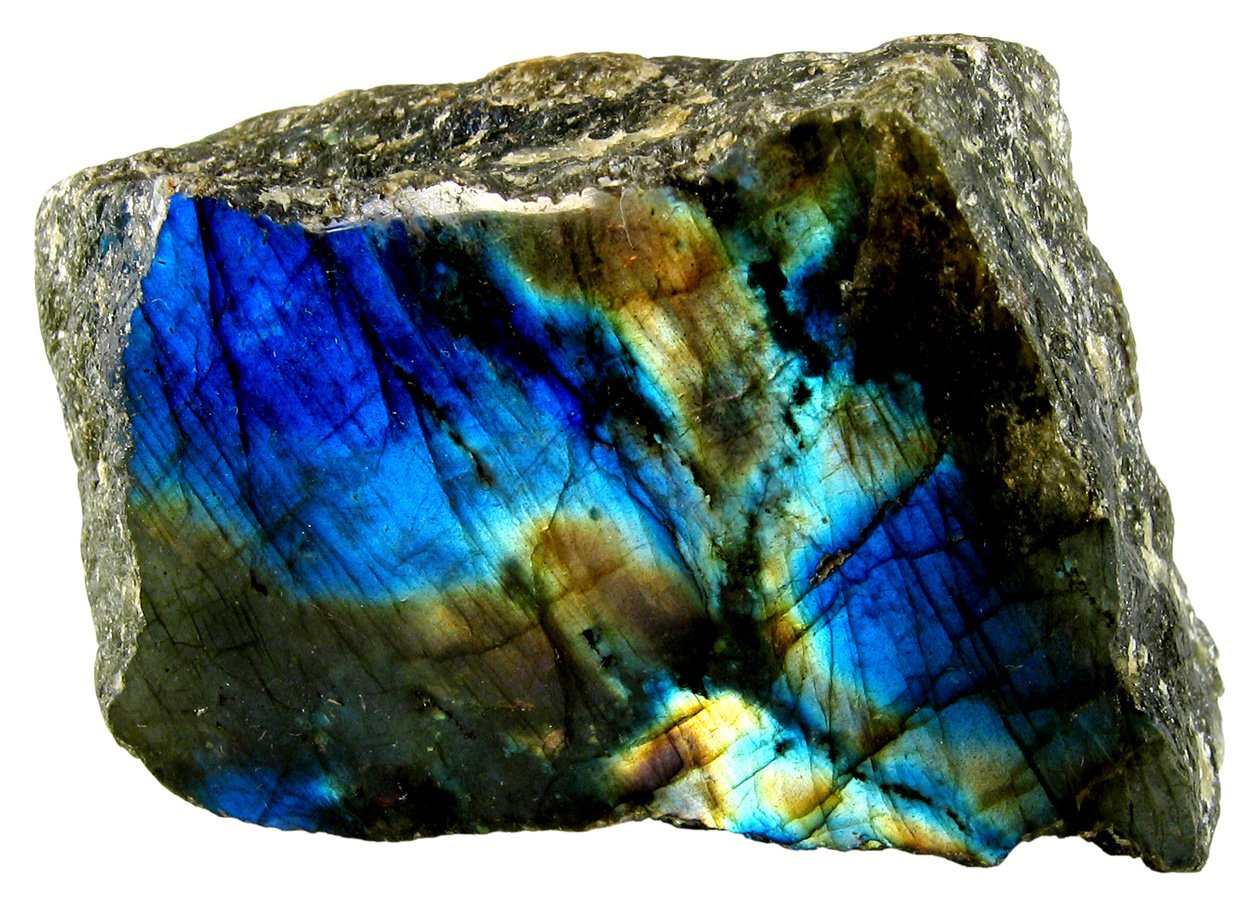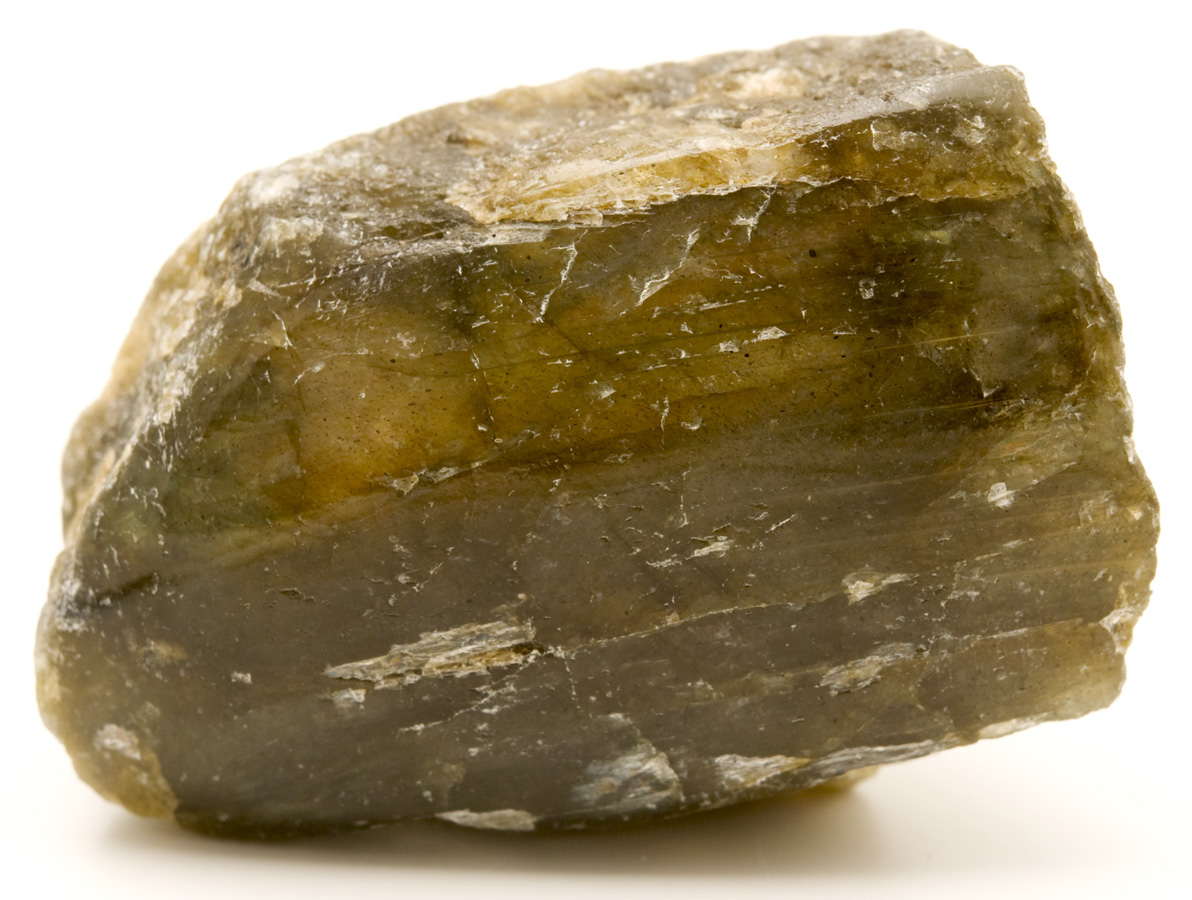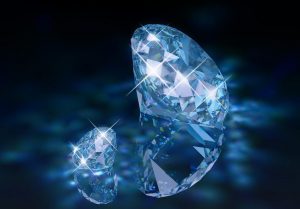Cause of Color : Play of color due to interference of light from twin planes.
Chemical Composition : Aluminum silicate of potassium, sodium and calcium. KAlSi3O8. Isomorphous series made up of Albite (Na), Oligoclase, Andesine, Labradorite, Bytownite and Anorthite (Ca) where the two end member are NaAlSi3O8 and CaAl2Si2O8.
Crystal System / Forms : Triclinic System
Cuts & Uses : Facetted, cabochon, beads and carving.
Dispersion : 0.012
Hardness : 6.5
Lustre : Vitreous.
Magnification : Oriented needles or platelets of magnetite, twin planes, fingerprints and crystal inclusions.
Optic Character : Anisotropic, D.R.; Biaxial positive
Pleochroism : In dark colored labradorite.
Refractive Index / Birefringence : 1.560 – 1.572 / 0.009
Simulants (with separation tests) :
- Transparent Labradorite from quartz (optic figure), scapolite (optic figure), beryl (optic figure), Iolite (pleochroism, inclusions, U.V. fluorescence)
- Spectrolite from black opal (R.I., S.G., structure)
Sources : U.S.A., India, Canada, Australia, Madagascar, Russia, Mexico.
Spectrum : Not characteristic.
Synthesis : None.






























Leave a Reply
You must be logged in to post a comment.